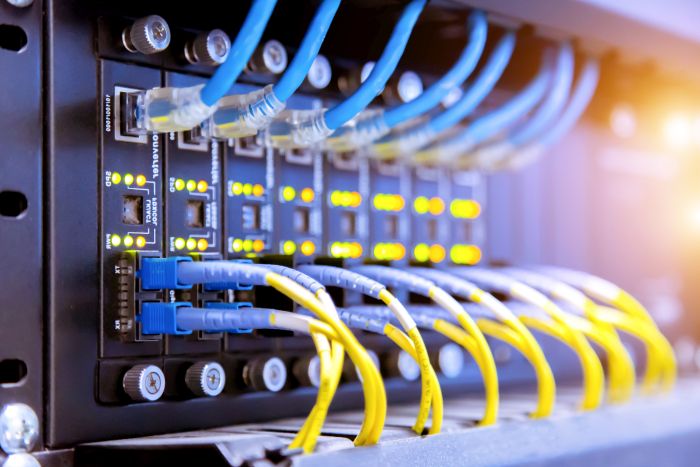Now that the world is experiencing a pandemic, stay-at-home regulations are enforced. Online school for students is standard practice. Work from home is the new normal. Life as we know it is bound within the four walls of our houses. Our only access to the world outside is through our handy-dandy gadgets and devices. That is why internet connection has never been more important than it is today. A fast and reliable Home Networking Setup is a must in order to boost productivity and personal entertainment.
Most Common Internet Problems
Have you ever had the need to transfer rooms to strengthen connectivity? Have you had experience restarting the modem and router multiple times to correct network issues? Have you had to disconnect and reconnect from different devices to gain access to the internet? There are numerous technical glitches that you can encounter on a daily basis.
When you’re experiencing slow connectivity, there are a few common reasons as to why. The most obvious one being your distance from the router. To maintain optimal connectivity, you need to be as close to the internet source as possible. Set up your home office nearest the router or connect to it directly.
Other times, it’s not your connection that’s the problem but the websites you’re entering. Internet browsers that utilize programs like AdobeFlash or JavaScript tend to load slower. The solution is to switch to a more optimized web browser.
Likewise, an outdated WiFi router can also pose a problem to connectivity. Seeing as though technological advancements occur every few years, it is advisable to consistently upgrade your routers.
Without proper Home Networking Setup, it can pose as a hindrance to your efficiency and productivity.
Different Types of Home Networking Setup
There are three options to choose from for your home setup: wireless, wired, or powerline.
- Wireless setup is a convenient way for you to connect numerous devices such as smartphones, tablets, and laptops simultaneously through WiFi. It requires a central router that offers wireless connectivity from your chosen broadband provider. However, it would be best if you also considered the range and bandwidth for the stability of your internet connection. This setup type only covers a certain distance of connectivity, which you need to clarify with your provider. Despite its limitations, this is still considered the most common setup for multi-users and multi-taskers.
- Wired home network is recommended for single device users. It requires a direct connection to the broadband router through Ethernet cables. Desktops, Cable TV, and certain game consoles work best with this setup. Laptops, smartphones, and tablets usually don’t have Ethernet adaptors and cannot be used for this option.
- Powerline networking is perhaps the least utilized setup due to its complexity. Building a network using this option requires the use of power sockets and electrical cables. Each device you wish to connect, along with the router, should have a powerline adaptor. Apart from that, you will also need Ethernet adaptors for every device to gain network access. Although this is not the ideal option, this method is suitable for TV boxes.
Of course, there is also a possibility to combine these options to create a more optimized Home Networking Setup for you. Computer Cures can create an ideal space that combines wired and wireless networking to produce the best results to enhance productivity.
Conclusion
By combining these methods, you can expect to gain reliable internet access with any device from whichever part of your house. It’s simple, fast, and reliable for both you and your family members so that you can share files without all the hassle. Now, you can work, study, and play with ease! Don’t settle for a tolerable home setup. Maximize your internet performance with Computer Cares.


